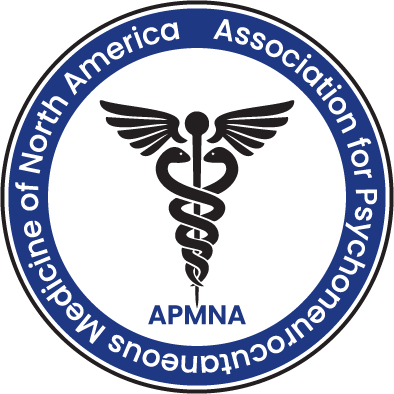Report of 23rd Annual meeting of Association for Psychoneurocutaneous Medicine of North America (APMNA), 28th February, 2013 in Miami Beach, Florida, USA
The annual meeting of APMNA was held in Miami Beach, Florida a day before American Academy of Dermatology annual meeting. The speakers presented wide range of topics in psychodermatology ranging from psychoneuroimmunology, molecular research, psychoanalytic and psychodynamic views on psychocutaneous disorders, original research, case reports and what is new in Psychodermatology. The speakers in the meeting were from USA, Belgium, Poland, Spain, United Kingdom and Japan. The meeting started with opening remarks by Mohammad Jafferany, MD, the organizer of the meeting.
Ethan Levin, MD from University of California, San Francisco (UCSF), discussed delusion of parasitosis and its pharmacological management, followed by a lively discussion. Daniel Butler, Monica Huynh, and Rishu Gupta, all from UCSF, under the mentorship of Dr. John Koo, an eminent psychodermatologist from the same institution, presented their talks on effects of psoriasis on quality of life, stress and inflammatory skin disease and neurotic excoriations and dermatitis artefacta respectively. Dr. Francoise Poot from Belgium, the past president of ESDaP (European Society of Dermatology and Psychiatry), discussed new research in Psychodermatology around the globe. Dr. Peter Koblenzer, one of the founder members of APMNA, discussed his past experiences “One man’s memory of Amok”. Philip Shenefelt, MD from University of Southern Florida in Tampa, FL discussed the results of the study about hypnotically induced relaxation and guided imagery during dermatologic procedures. Dr. Jacek Szepeitowski, a dermatologist from Poland and a regular speaker in psychodermatology meetings, discussed vitiligo and its psychosocial aspects. Kristina Gorbatenko, a clinical psychologist at University of Wisconsin, Stout, presented her findings on difficult patient- physician communication in the context of discontinuation of treatment of alopecia areata. Josie Howard, MD a psychiatrist from San Francisco discussed psychodynamic approach to psychodermatology. Makoto Hashiro, MD from Japan and president of Japanese society of psychosomatic dermatology presented a case of factitious dermatitis. Dr. Manuel Grau, a psychodermatologist from Spain presented interesting findings on the impact of dominant parents of patients with skin disease. Scott Davis, a researcher at Wake Forest School of Medicine in Winston-Salem, NC discussed about psychology and behavior of psoriasis patients treated with biologic agents. M Shekari Yazdi, MD from Thomas Jefferson University in Philadelphia discussed Adlerian view of body dysmorphic disorder. Patrick Dominguez, MD from Harbor-UCLA in Torrance, CA discussed findings of a study done on US women with psoriasis and risk of depression. Jennifer Gordon, MD from University of Texas Southwestern in Austin discussed the results of an interesting study on botulinum toxin A in the treatment of neurotic excoriations. Rick Fried, MD, PhD from Yardley Dermatology and clinical research Associates, in Philadelphia discussed about dysesthic and dysmorphic aspects of skin. Reena Shah, a clinical psychologist from London, UK discussed the importance and influence of family therapy in skin disorders. Randall Posey, MD from Texas discussed an interesting case of body dysmorphic disorder by proxy. Richard Granstein, MD, Professor and chairman of the Department of Dermatology, at Weill Cornell Medical College and Dermatologist-in-chief at New York Presbyterian Hospital, and an eminent scientist discussed his research findings of neuropeptides regulation of T-helper cells. Francisco Tausk, MD, an eminent scientist and researcher and Professor of dermatology and psychiatry at University of Rochester in Rochester, NY presented his research on glucocorticoid mediation of stress in psoriasis. The last speaker of the day was Rob Norman, MD from Florida narrated “Stories of skin”.
The meeting was well attended by dermatologists, psychiatrists and psychologists from all around the country and abroad. The audience participated enthusiastically during the question and answer sessions and there were lively and interactive discussion. The meeting ended with an open forum for discussion about the future of psychodermatology and the hindrances experienced in promoting the cause and generating awareness about psychocutaneous disorders in USA. Current trends and future prospects about the status of psychodermatology in USA were discussed. A close cooperation between European Society of Dermatology and Psychiatry (ESDaP) and APMNA was emphasized.


